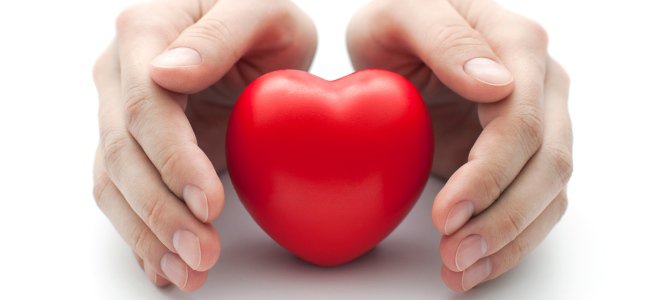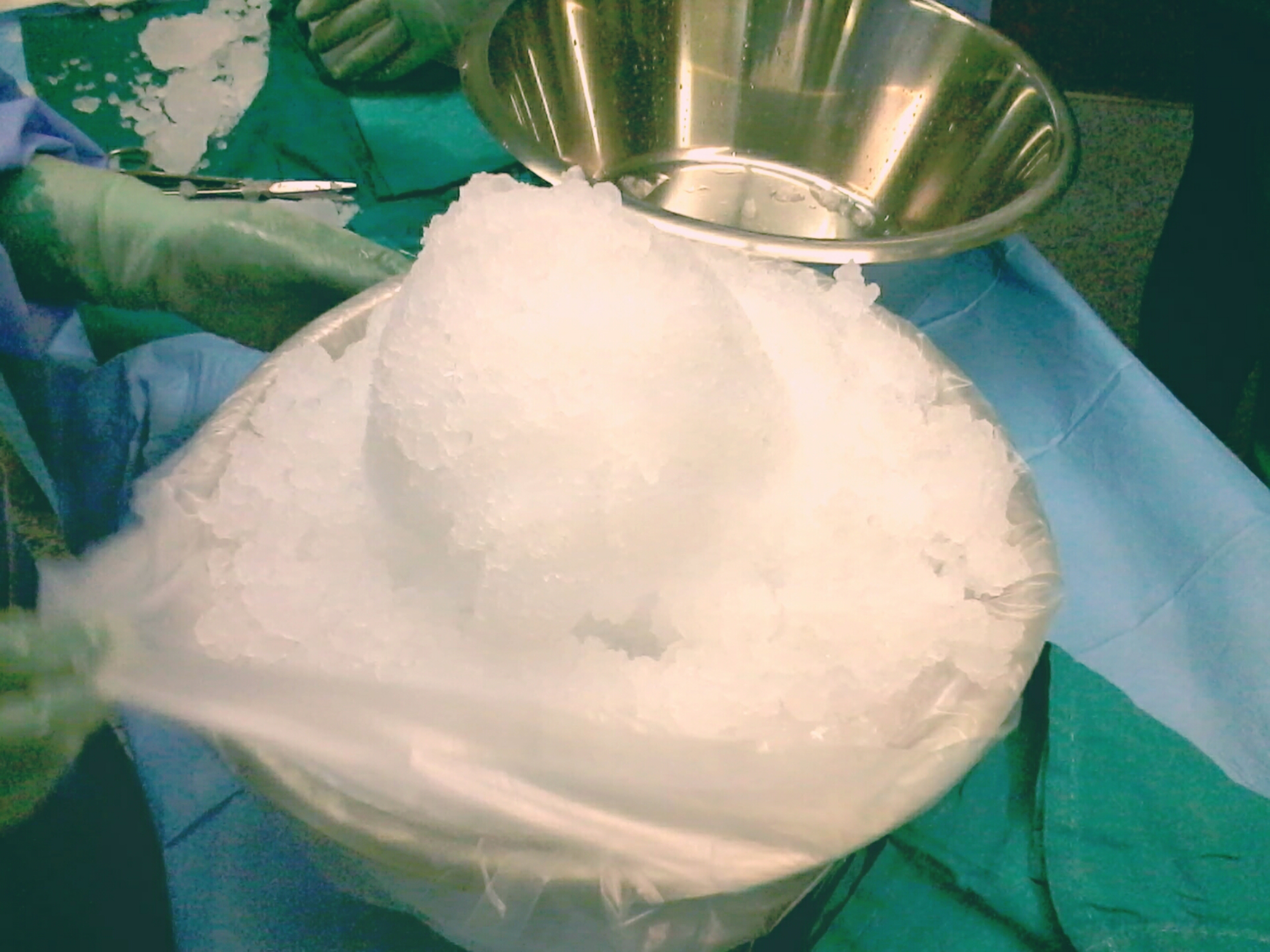Ice is vital for transplants

Spain is the leading country in organ donation. More than 10 transplants are performed per day, and donations figures increase every year. How important is ice for transplants?

Spain is the leading country in organ donation. More than 10 transplants are performed per day, and donations figures increase every year. How important is ice for transplants?
We have been many weeks talking about the uses and applications of ice in our lives. We already know that ice is the most important ingredient when preparing a cocktail, that it also preserves food much longer, that it helps us improve our skin in the morning and before going to sleep, and we even know that is helpful for athletes when recovering from an injury. But its role goes far beyond. It is also vital for the health system. Ice not only improves our life quality, but it also helps to keep it.
In Europe, more than 80 transplants are daily performed. Each time a donation is made, all the machinery is set in motion. If organs are not rapidly preserved they deteriorate in just a few hours; hence the importance of ice. Preservation time will very depending on the organs: the heart or the lungs withstand 3 to 5 hours; the liver and the pancreas hold out between 12 and 24 hours, and kidneys between 48 and 72 hours.
How are organs preserved?
Temperature is reduced until organs do not need oxygen. That is why hypothermia is used at 4°C. The cooling of the organs starts from the moment blood flow is interrupted. The so-called crushed ice is used, which is iced physiological saline solution. With this type of ice, temperature is maintained in the ice bag where the organ that is going to be transplanted is carried. CD or GR Ice Tech ice (granulated or diamond) is a very good option to use at sanitary level.